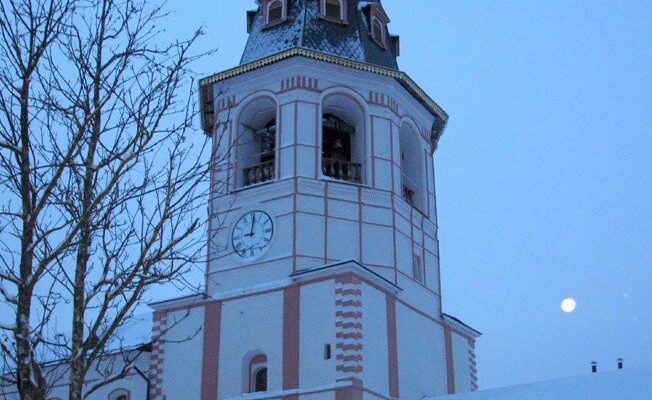Valdai Iversky Iveron Bogoroditsky Svyatoozersky Monastery
Valdai Iversky Iversky Bogoroditsky Svyatoozersky Monastery is one of the three Orthodox monasteries built during the church schism, under the patronage of Patriarch Nikon. The monastery belongs to the Novgorod Diocese and is located on Selvitsky Island of Valdai Lake, a few kilometers from Valdai.
.
For more than three and a half centuries of existence, the Valdai Iversky Monastery has experienced both the era of prosperity, and deep desolation, and rebirth. Today, the monastery leads the usual spiritual life, receiving numerous pilgrims who come here to pray at the image of the Iveron Mother of God and attach themselves to the holy relics kept in the monastery temples.
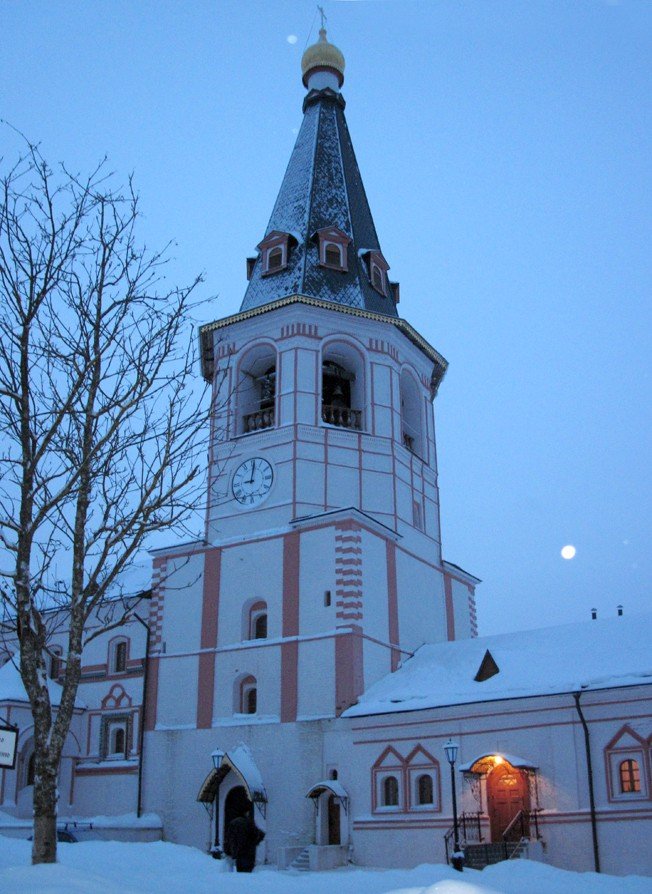
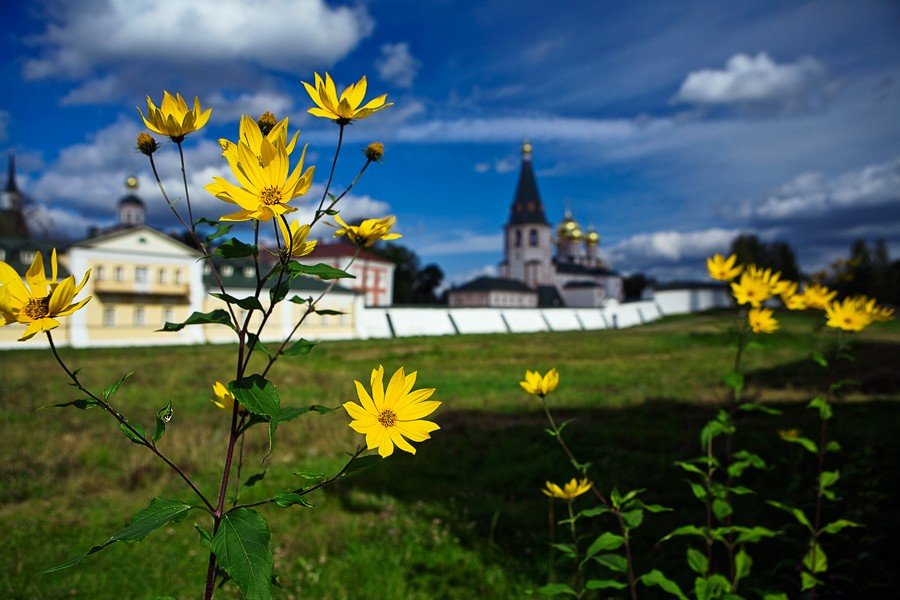
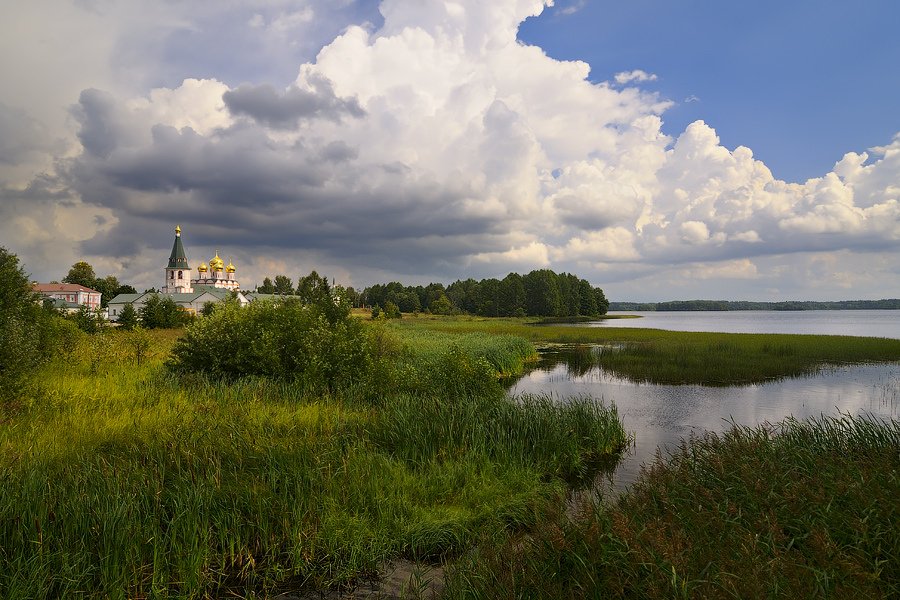
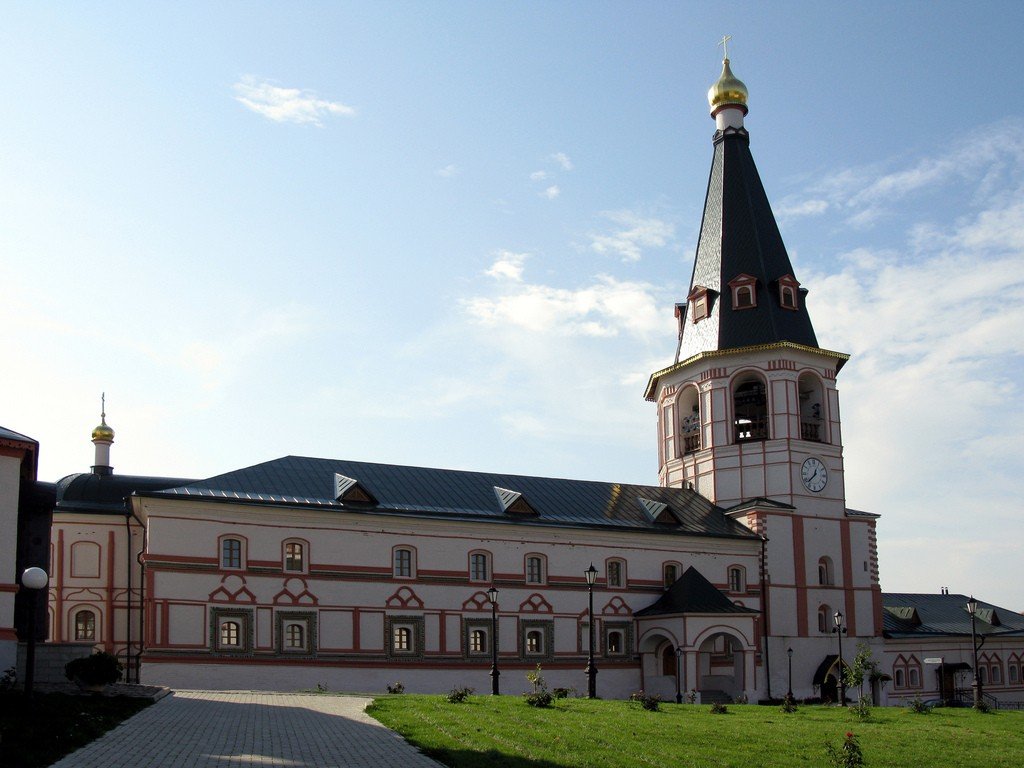
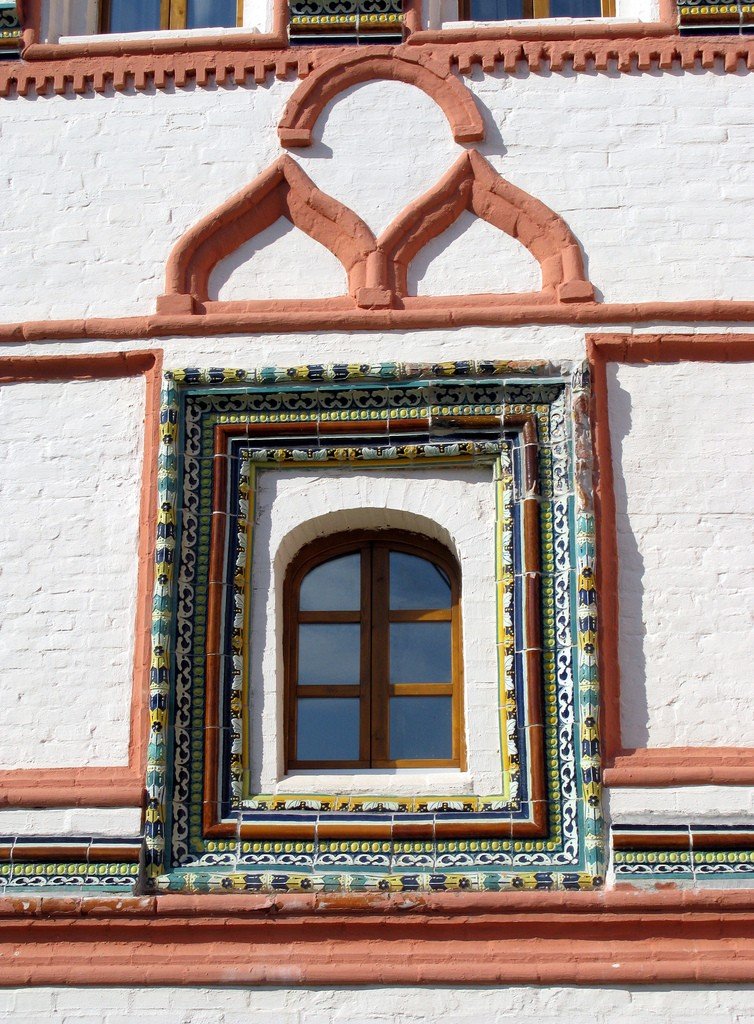
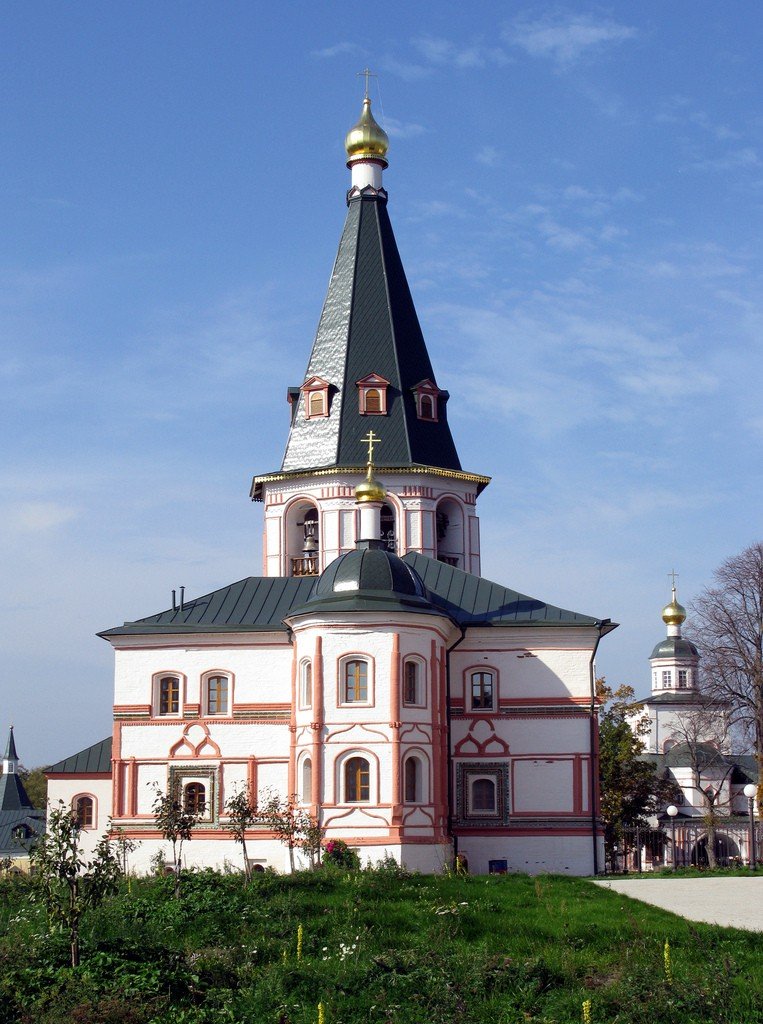
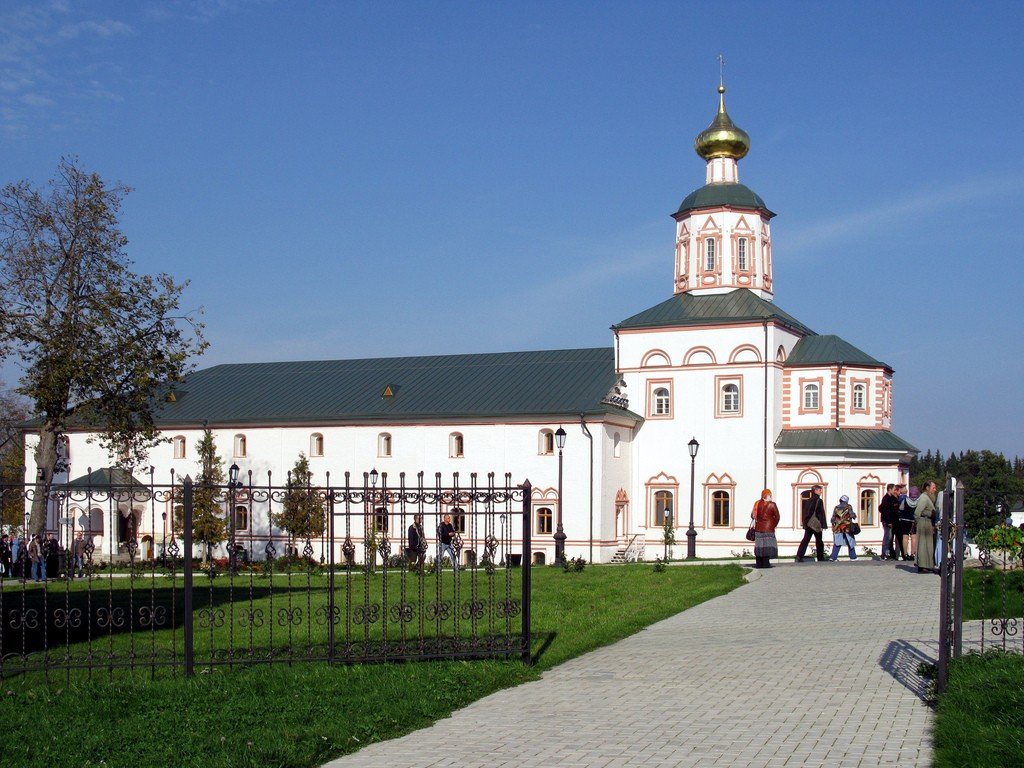
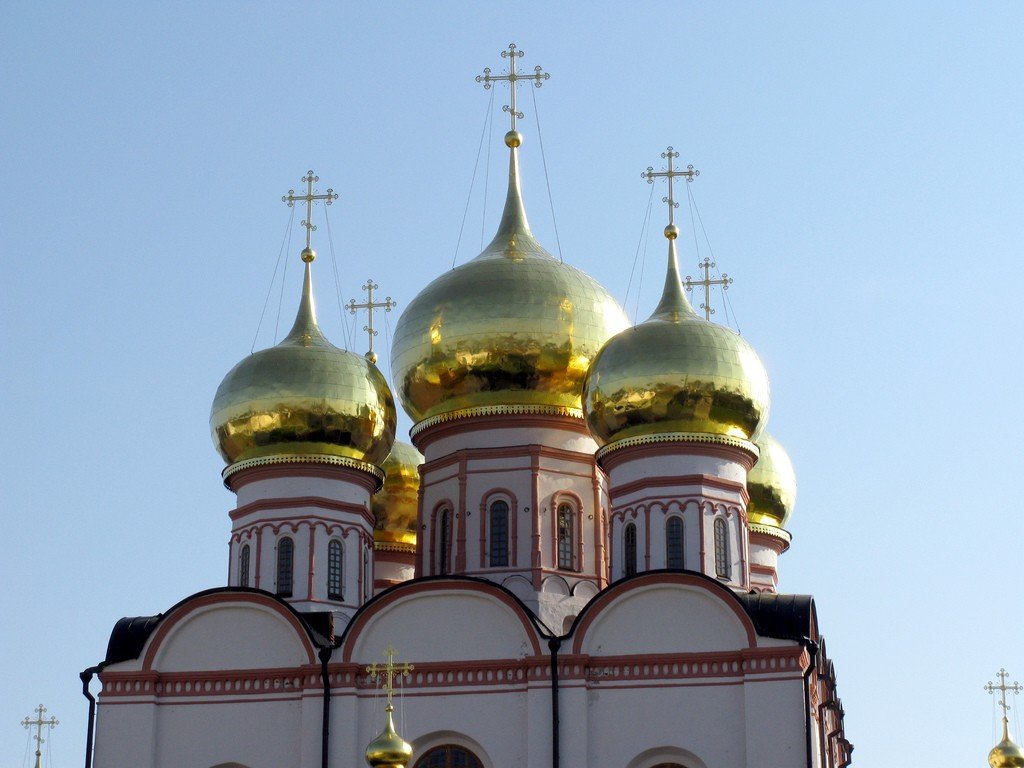
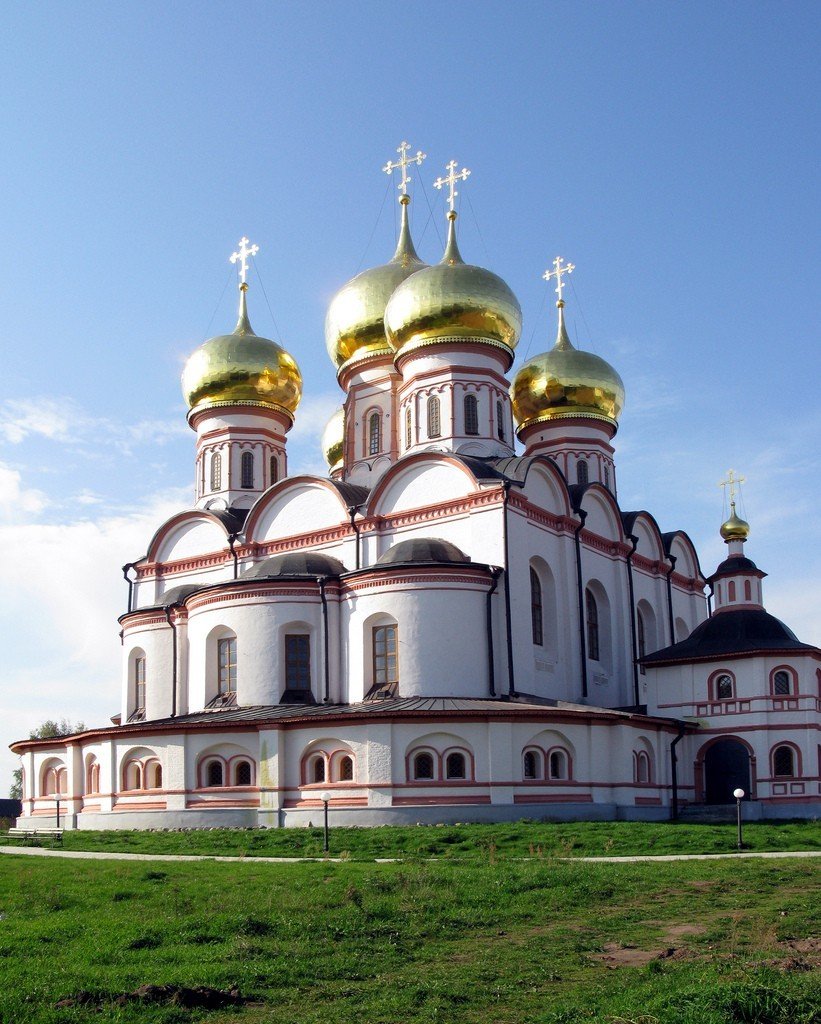
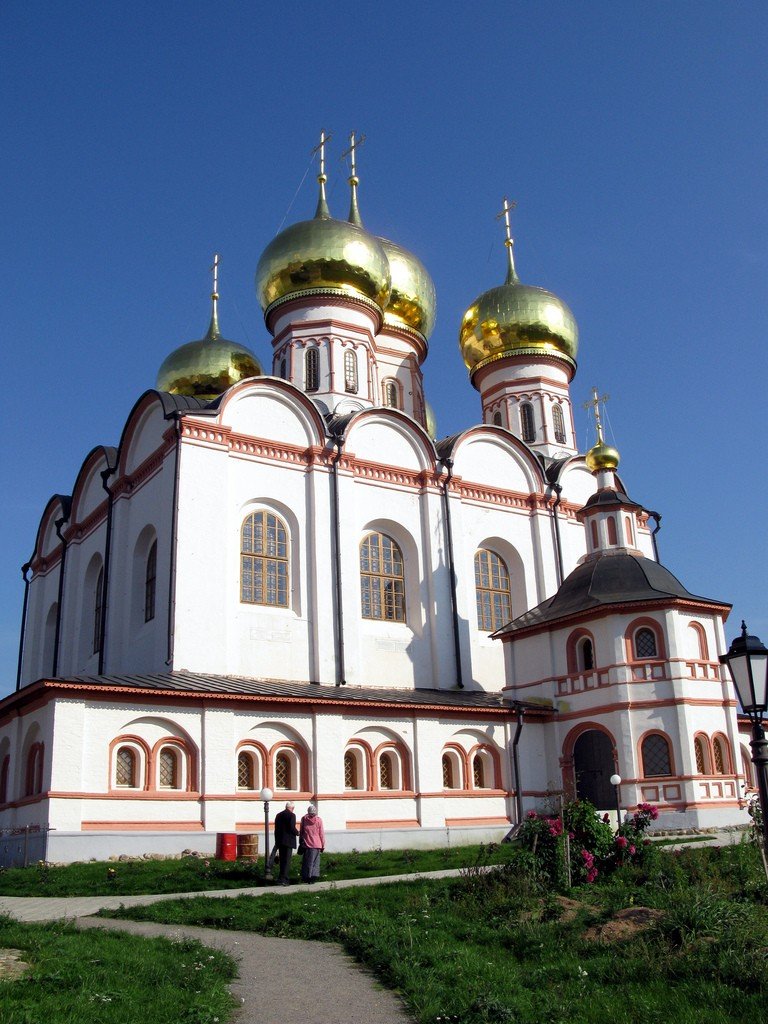
Video: Valdai Iberian Monastery
Contents- Construction milestones: the Russian prototype of the Greek Iveron
- History of Valdai Iveron Monastery: From the 18th century to the present day
- The Iveron Monastery in Valday: how to get there and what to be prepared for
- What to see and visit during the tour
- How to get there
Main milestones of construction: the Russian prototype of the Greek Iveron
The idea of erecting an Orthodox monastery, which would be a kind of copy of the Iberian monastery on Mount Athos, came to Nikon’s mind immediately after his ascension to the patriarchal throne. According to the patriarch, during a trip to Solovki, he had a divine vision that pointed to Lake Valdai as the future location of the monastery.
.
Funds for the construction were allocated from the state treasury, and in the summer of 1653 on Valdai Lake the first stone was laid for the future monastery. By the fall on Selvitsky Island grew two wooden churches, and a year later the construction site was visited by the patriarch himself. According to legend, here Nikon had a divine vision for the second time, which was a pillar of fire. After this event, the patriarch decided to consecrate Valdai Lake, putting the Gospel and the cross at its bottom.
.
In 1655, the monastery was settled by the brethren of the Orsha Monastery, who brought with them the traditions of printing and bookbinding. And almost 12 months later, the last building of the Valdai Iversky Monastery was erected – the main church of the monastery, the Dormition Cathedral.
History of the Valdai Iversky Monastery: from the 18th century to the present day
From the beginning of the XVIII century Iversky monastery in Valday gradually lost its own importance, and already in 1712 the monastery was united with the Holy Trinity Alexander Nevsky Lavra, which was just beginning to be built.
.In 1764, in order to increase revenues to the state treasury, Catherine II signed the Manifesto on secularization. According to this document, the land holdings of Orthodox churches and monasteries were seized, and 20 monasteries, which included Iversky, were completely removed from state support. However, despite the official abolition, life in the Valdai monastery was still thriving.
.
The real trials awaited the monastery after the Great October Revolution. When the Bolsheviks came to power, the local inhabitants had to share their already meager supplies with endless prodotryadas. In 1919 the monastery was declared a labor artel. About 200 hectares of the monastery lands were cultivated by monks and novices, who were listed in official documents as workers of the artel. In 1927 a commission from the Commissariat of Agriculture decided that the monastery laborers paid too much attention to worship, and as a result the artel was completely liquidated. Under the noise and confusion, the commissars took out of the monastery the image of the Iveron Mother of God – the main shrine of the monastery temple. Now its place is taken by a copy of the sacred image, made in the middle of the XIX century.
.
Up until 1991, the premises of the Valdai Iversky Monastery were occupied by organizations of various profiles. There were located here and historical and local history museums, and workshops. At one time on the territory of the monastery operated a home for the disabled, which was replaced by a special school for children with tuberculosis, and then a campground.
.
In the 90’s Valdai Iversky Monastery was returned to the Novgorod diocese. Virtually all of its buildings had by that time fallen into a frankly deplorable state, so the monastery was to undergo a grandiose restoration. In the course of the last stage of reconstruction and restoration work, the Dormition Cathedral acquired gilded domes, and its walls were again covered with elegant fresco paintings.
.
Today, among the restored buildings of the Valdai Iversky Monastery the most original and interesting from the historical point of view are:
- Dormition Cathedral;
- the gate church of Philip Metropolitan of Moscow
- the gate church of the Archistratigus of God Michael;
- Church of St. Jacob of Borovichi;
- Namestnichesky building;
- Tent bell tower;
- Treasury Building;
- Treasurer’s Building;
- Brothers’ Building;Gostiny, Hospitality and Stables buildings;
- St. Nicholas Tower;
- chapel.
Iversky Bogoroditsky Monastery in Valday: how to get there and what to be prepared for
You can visit the Valdai Iberian Monastery as part of pilgrimage groups, and independently, for example, joining one of the tourist groups. To get to the territory of the monastery as a pilgrim, you will have to get a preliminary blessing for the trip from the rector of his temple, or in the diocese to which your church belongs. It is better to plan the trip in advance, as places in the monastery hotel are booked at least a month before arrival.
.
While in the walls of the monastery, it is very important to understand the specifics of the place, as well as try not to violate the strict internal order. If you decide to stay in a hotel on the territory of the monastery, then prepare to comply with the monastic regime and do not discredit yourself with all sorts of tardiness (to meals or church services).
.
Carefully consider the choice of closet. Exclude from it jeans, miniskirts, shorts, as well as blouses with frank cleavage and other immodest things. Women and girls should take with them scarves or kerchiefs to cover their hair, because usually the excursion activities in the monastery are conducted by its inhabitants (monks, novices). Well, and those who still forgot to bring appropriate clothing, will help the monastery shop, where you can buy modest shawls and skirts.
.What to see and visit during the tour
On the territory of Valdai Iver Monastery there are several functioning temples, the main of which is the Dormition Cathedral. The structure was the first stone building of the monastery, erected in 1656 on the highest part of the island. The church is usually visited because of the unique fresco painting of the XIX century, partly preserved and partly restored in the early 2000s. The cathedral has five gilded chapters (a total of about 3000 gold plates were used to cover the domes) and is a vivid representative of the temple architecture characteristic of the Nikonian period of construction.
.
The first stone building built after the Dormition Cathedral was the Church of the Epiphany, connected to the refectory. Over the drawings of the construction worked architect Averky Mokeev, who had already managed to build the Assumption Cathedral. Located on a high foundation, the spacious and bright refectory hall was skillfully “blended” into the wall of the Epiphany church, forming an original architectural complex. By the way, after the collapse of the Soviet Union, it was in the Epiphany Church that the first services were held.
.
Another active monastery temple is the Church of the Archangel of God Michael. The structure is characterized by a relatively laconic appearance: a single-domed pillarless structure is surrounded on three sides by galleries. During the Great Patriotic War a military hospital was organized in it, as a result most of the interior decoration and paintings disappeared without a trace, and the premises themselves became very dilapidated. Restoration in 2007 somewhat improved the condition of the building, making it relatively satisfactory, if not perfect.
.
Against the background of the other temples of the Valdai Iversky Monastery, the architectural appearance of the Church of Jacob of Borovichi stands out noticeably. Not quite ordinary appearance is explained by the fact that the original church was destroyed in a fire in 1700, and only a couple of years later on the site of the fire grew a new stone structure. The small square structure with a round apse accommodated not only the church, but also the refectory and hospital wards. Over time, the building grew somewhat and acquired a second floor.
.In the western wing of the monastery wall is located the gate church of Philip Metropolitan of Moscow. This church is the first to welcome pilgrims, as it is located directly above the main gate of the monastery.
There is in the Iversky monastery and its own museum, the first floor of which is occupied by the monastery shop and checkroom. Here everyone can buy spiritual literature, icons and some products created by the hands of the monastery inhabitants. Climbing the stairs leading to the second and third floors of the building, you can get a closer look at the life of the main reformer of the Orthodox Church, Patriarch Nikon, to see everyday objects of the monastery brethren, reproductions of icons and photographic documents.
.Those who came to the monastery in order to strengthen their faith can attend daily services, make the sacrament of baptism or wedding, order a funeral or memorial service in absentia. Like tours, these can be ordered in the church store or by mail along with a monetary donation (memorial requests are not accepted over the internet).
Services in the monastery churches are held daily from 7:00 to 9:00 and from 18:00 to 20:00. On Saturday-Sunday, as well as on feast days – from 9:00 to 12:00 and from 18:00 to 21:00.
.
Provided visitors and the opportunity to attach to the holy relics. By the way, in the Iverskoy monastery there are 103 fragments of holy relics, including parts of the stone from the Holy Sepulchre, as well as a piece of the Tree of the Life-Giving Cross.
.How to get there
Iversky Monastery is located 10 km from the town of Valdai, which in turn is located on the 386th kilometer of the M10 highway, Moscow – St. Petersburg. You can get here by bus or train Pskov – Moscow. From the city you can get to the monastery by water: the motor ship “Zarya-211” runs daily between Valdai pier and Selvitsky Island. The second, no less convenient option is a local cab, which will take you to Ryabinovy Island via a car bridge, and from there to Selvitsky Island via another bridge.
.